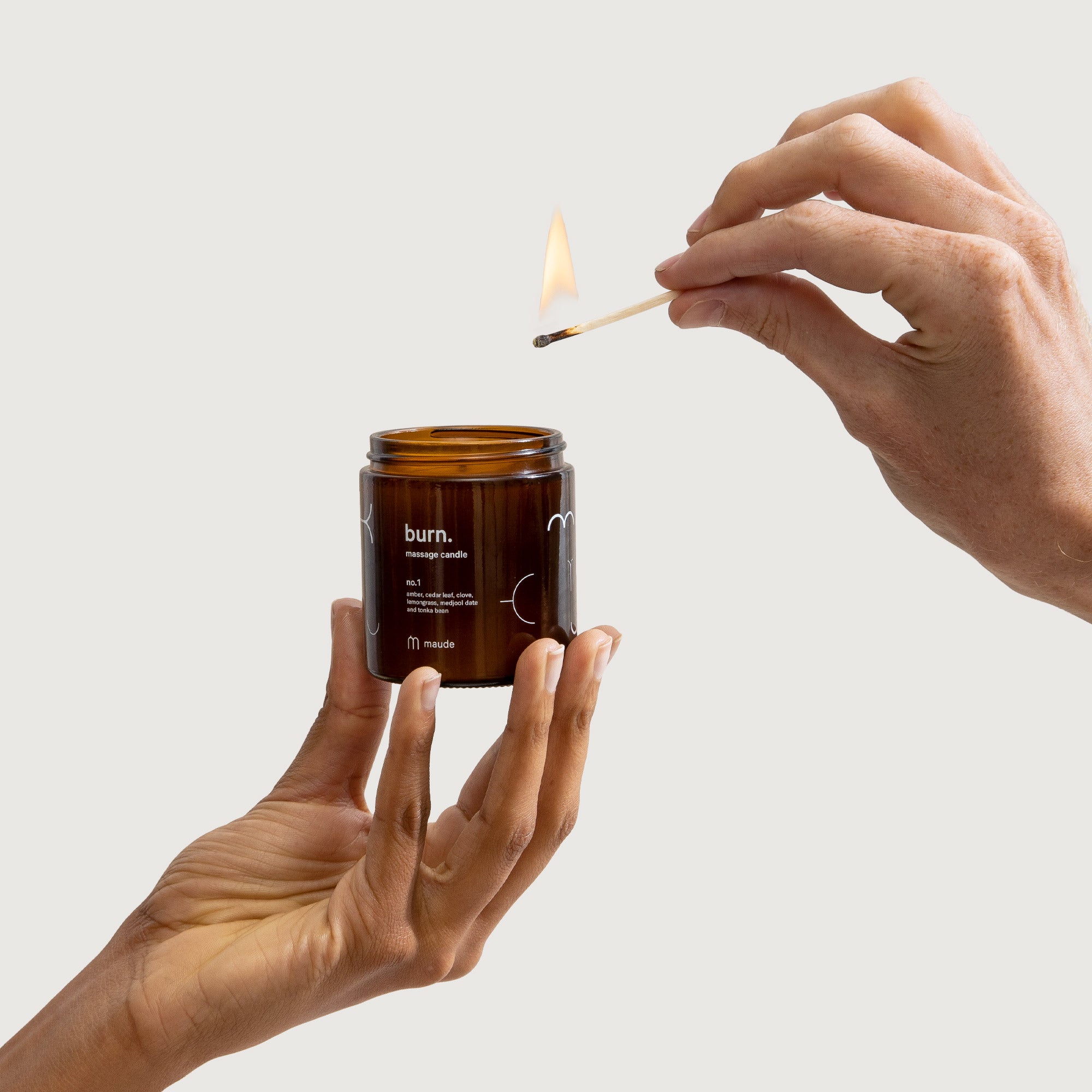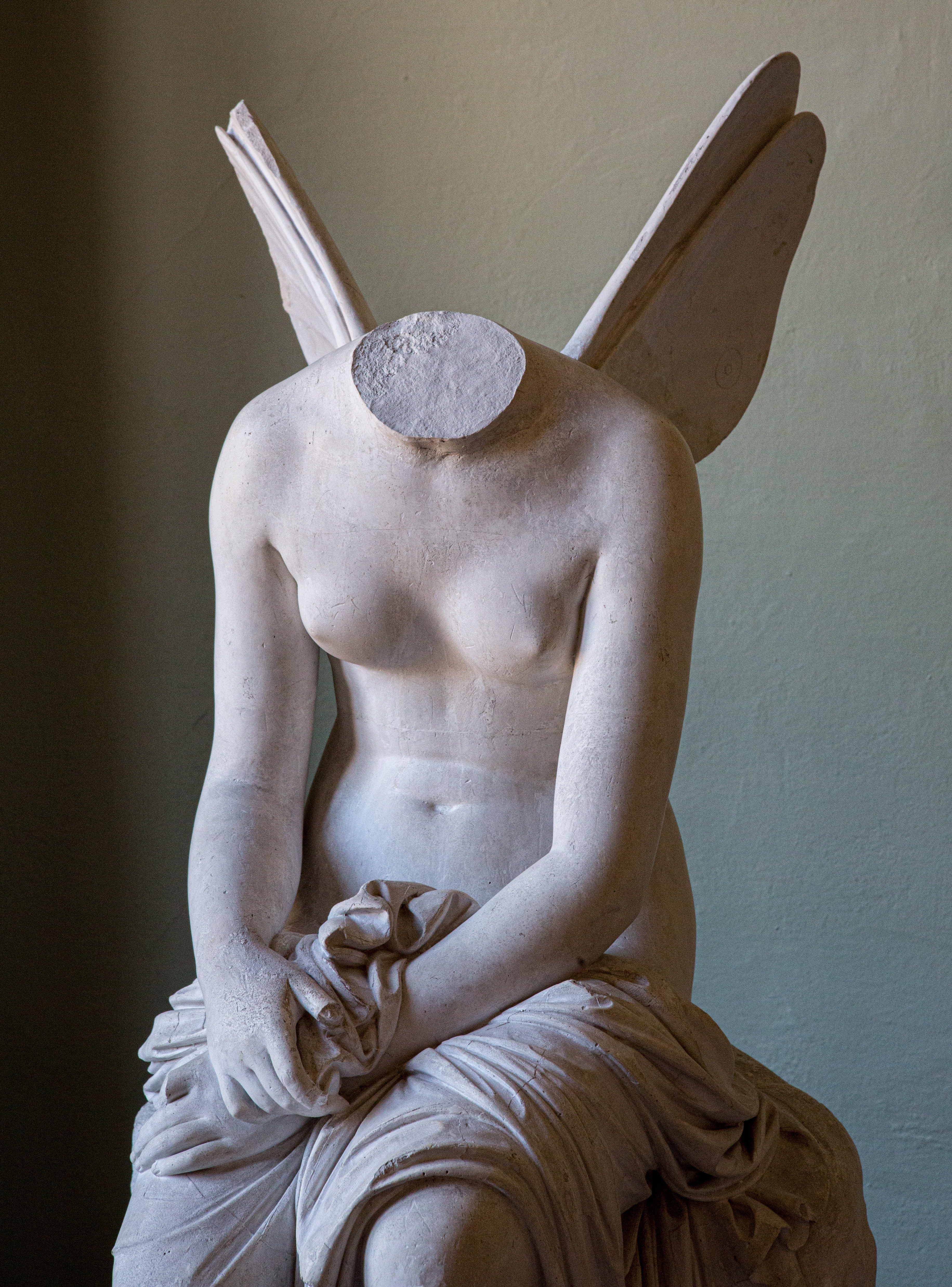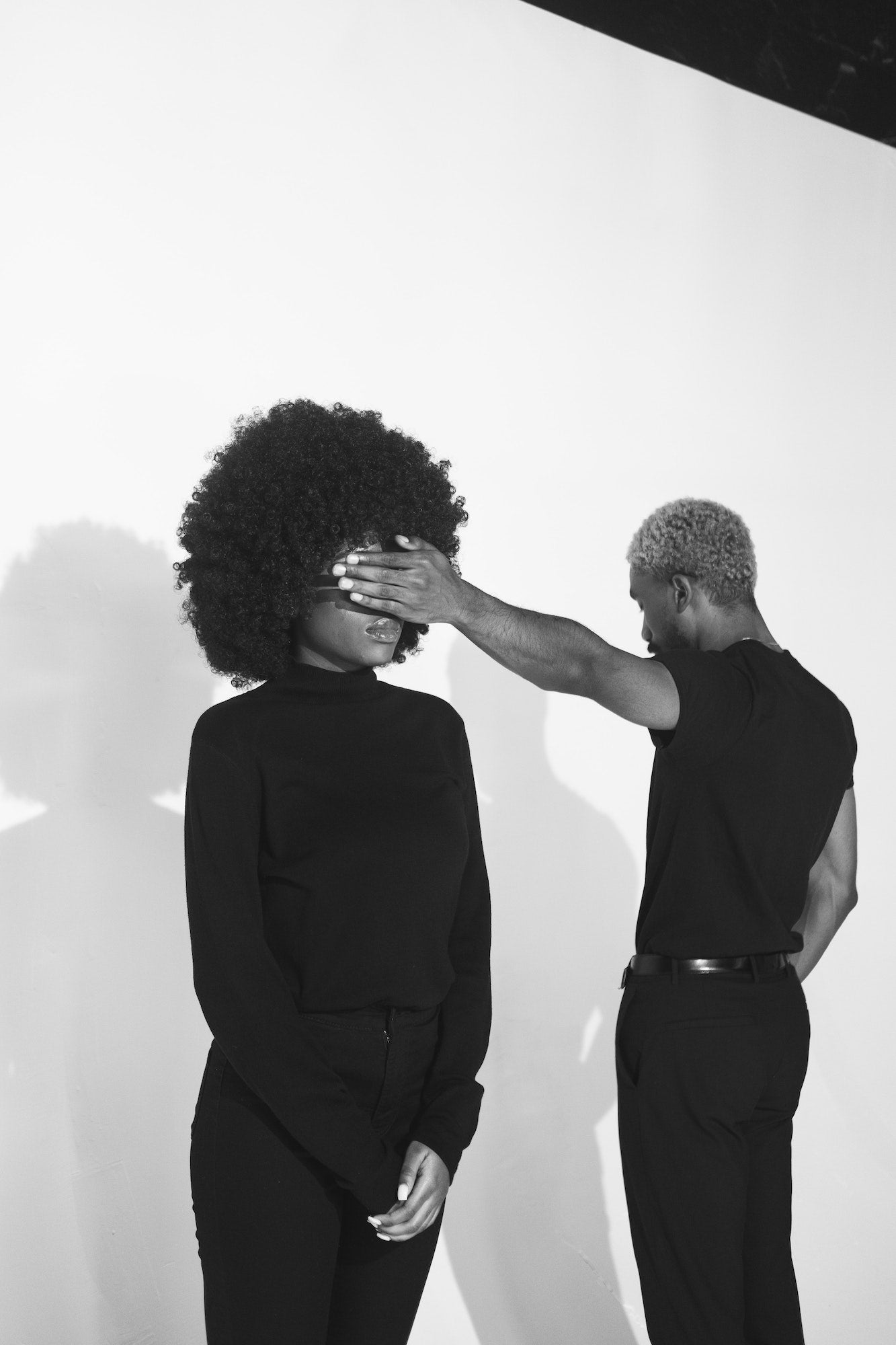A Brief History of Kissing.

Anthropologists investigate how we came to smooch.
For an act that, at is core, is a sign of affection, kissing is, ultimately, a pretty weird gesture. The impulse for mouth-to-mouth contact is one that comes naturally (unlike what decades of magazine features full of makeout tips may have convinced you), but when you consider the fact that most other animal species don’t in this practice, you have to wonder: how did kissing ever become a thing?
The first kiss
Anthopologists are divided on how exactly kissing started but there are two popular theories: one is that it developed from early humans feeding their children mouth-to-mouth. As the BBC points out, the only animals known to kiss are chimpanzees and bonobos—so when you consider the theory of evolution, the leap from monkey to human can seem plausible.
The other theory, Texas A&M anthropology professor Vaughn Bryant explains, is a little more complicated: humans recognized each other by smelling each other’s cheeks, and this turned (possibly by mistake) into kissing in ancient India as mouth-to-mouth contact is first referred to in the Vedas, and later the Kama Sutra. Ancient Greeks, when invading India, picked up this practice, and from there, it spread.
A kiss of the hand
Of course, a kiss isn’t necessarily a romantic gesture—in some cultures, it’s also a sign of respect. In Europe in the Middle Ages, equals would kiss on the lips, and those in upper classes would have their hands—or even the hem of their garment—kissed by inferiors. In 1439, King Henry VI of England banned kissing in an attempt to curb the spread of the plague, and in the centuries that followed, bowing, curtseying, and eventually handshaking became the go-to greetings in Western society. The kiss-on-a-cheek (which is a particularly popular greeting in France), supposedly arrived in western Europe by way of the Romans during the Gallic Wars (in the first century AD).
The not-so-universality of kissing
As much as western popular culture may want us to believe that there’s a stigma around people who haven’t kissed or been kissed (see: Drew Barrymore’s 1999 film), romantic kissing isn’t actually a universal experience worldwide. In fact, a study published in 2015 by the American Anthropological Association found that romantic kissing exists in just 46% of global populations; it is most common in the Middle East and Asia, and the least common in Central America and sub-Saharan Africa. But that doesn’t mean people in these cultures don’t show their affection. The indigineous Nahua people of Mexico and Central America, for instance, embrace one another but associate kissing with religious worship.
The French kiss
It’s doubtful that the French invented the art of kissing with tongue, but still, the term was popularized thanks to the country. Sheril Kirshenbaum, author of The Science of Kissing, explains that the phrase originated as American travelers first experienced full-on makeout sessions thanks to French women around the 1920s. The actual technique didn’t gain popularity stateside until post-World War II. And it was even later that the French came up with a way to describe they’d been kissing for whoever knows how long: the word for open-mouth kissing, galocher, was introduced to French dictionaries in 2014. Time will only tell where kissing culture goes from here.






